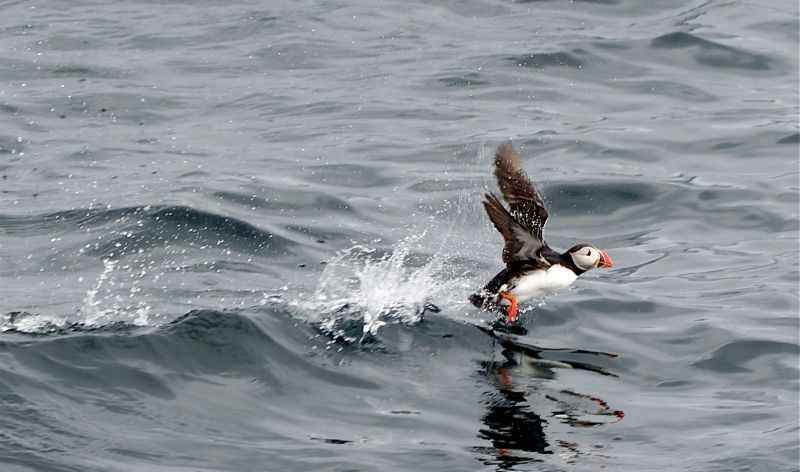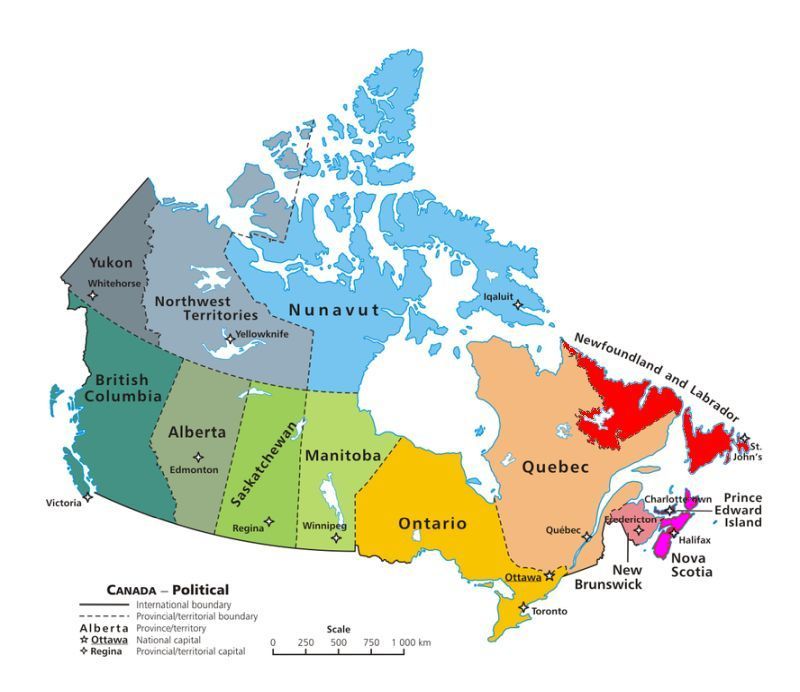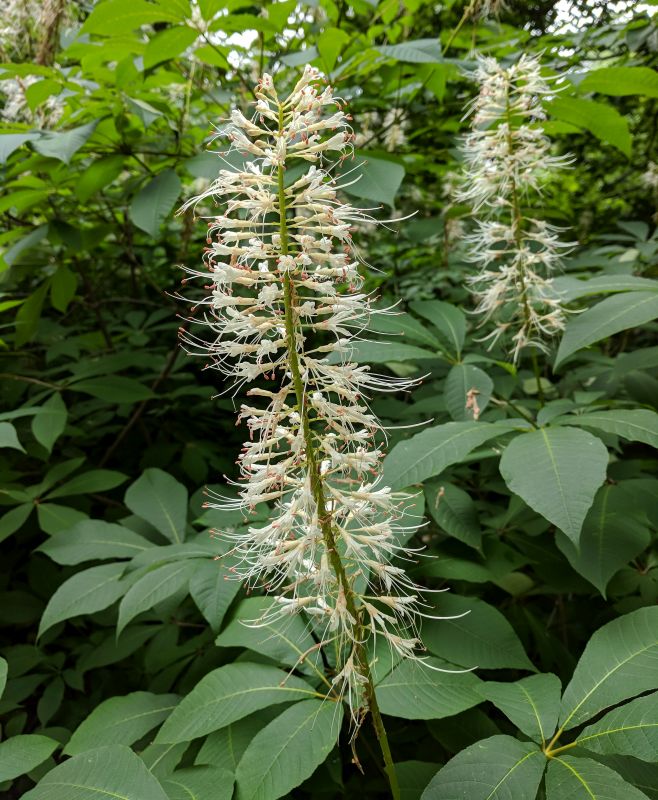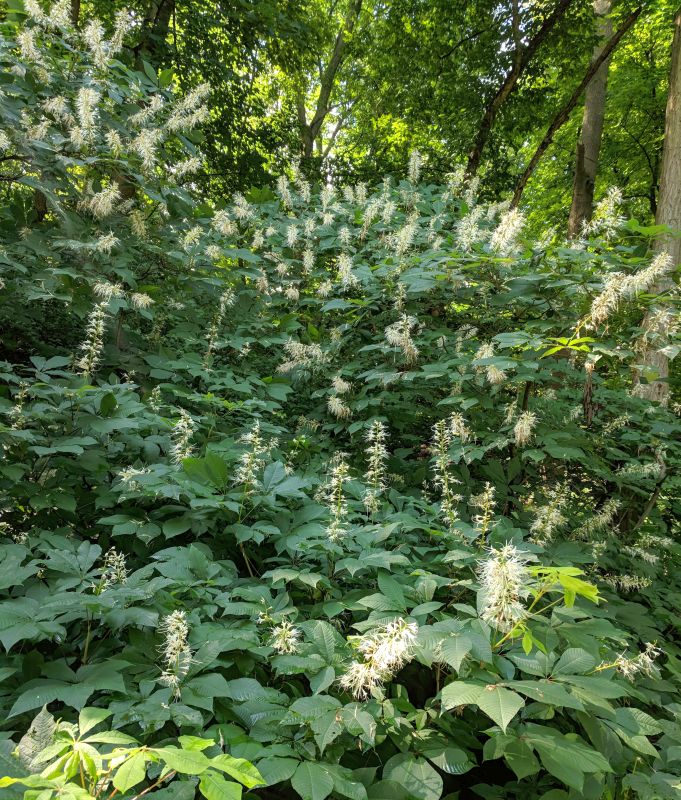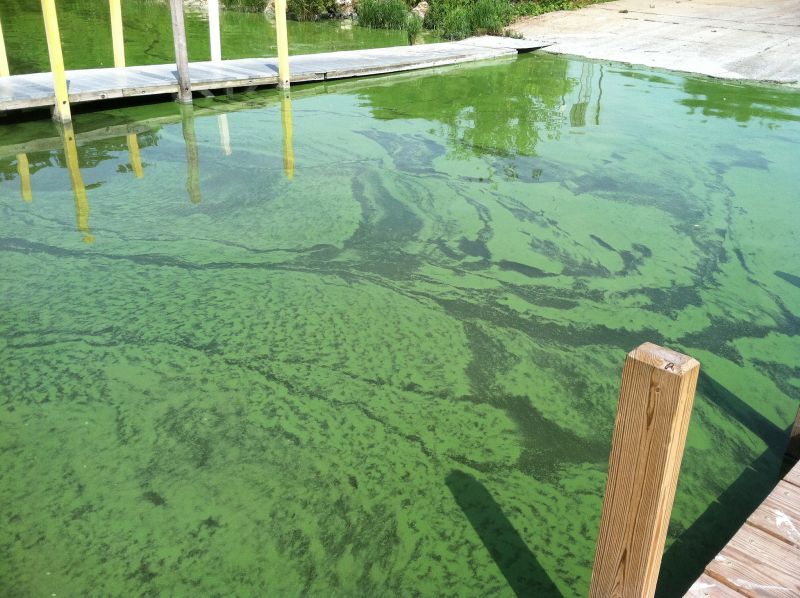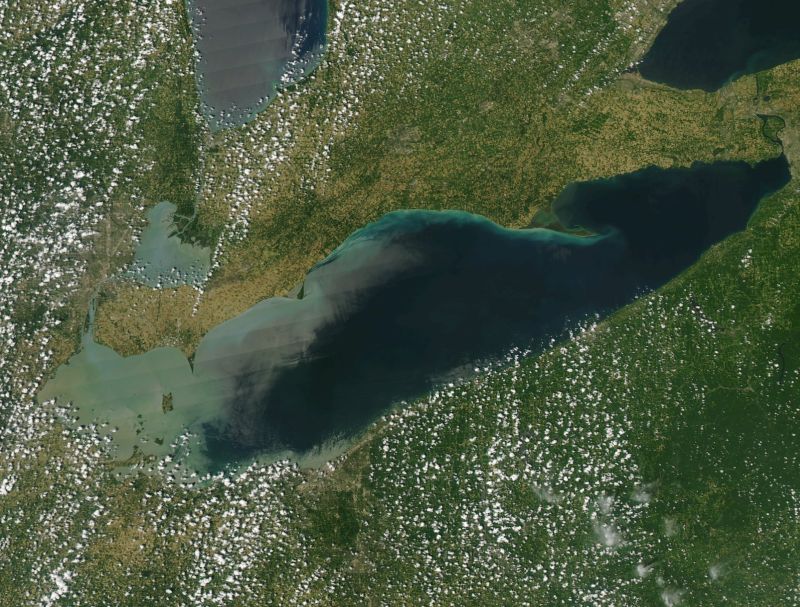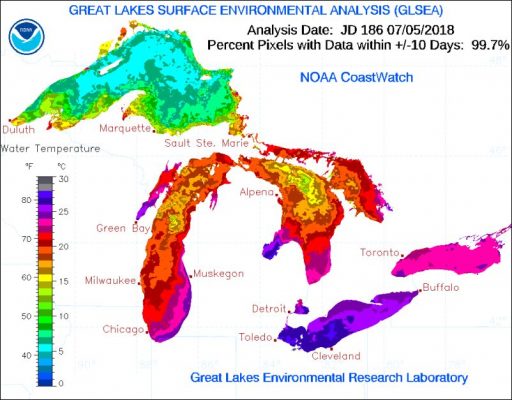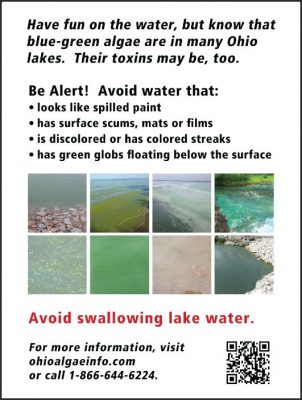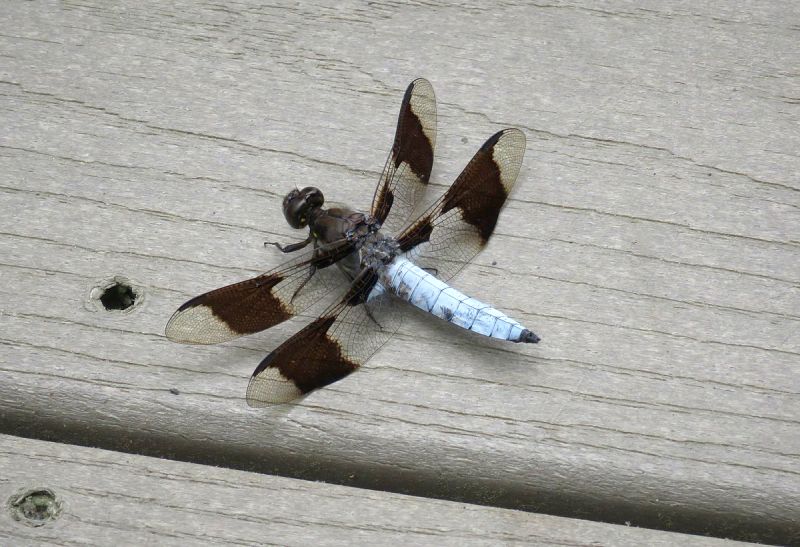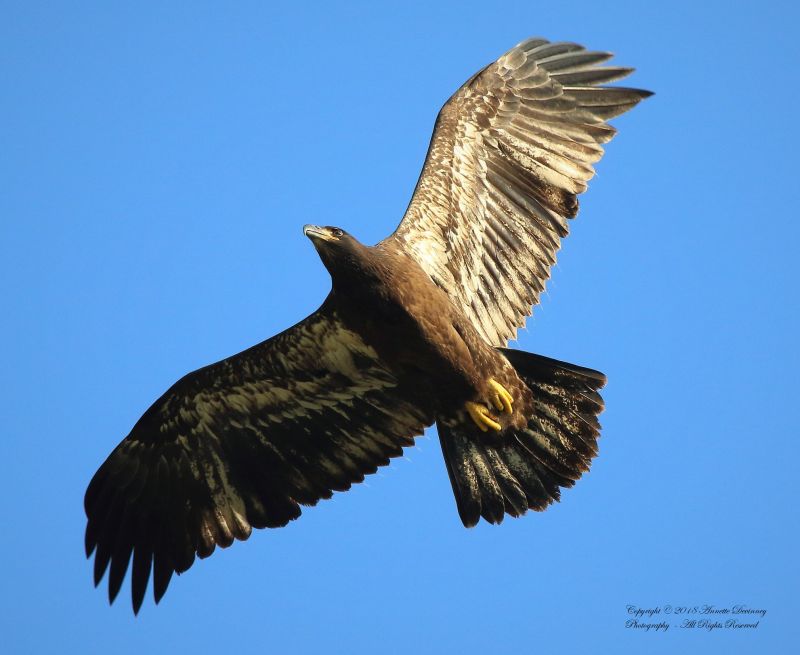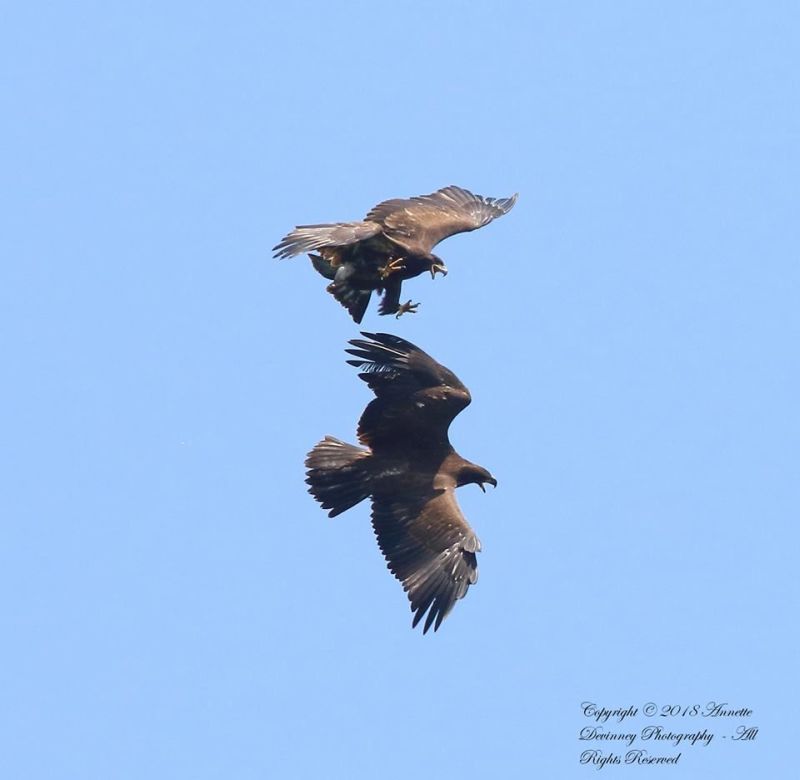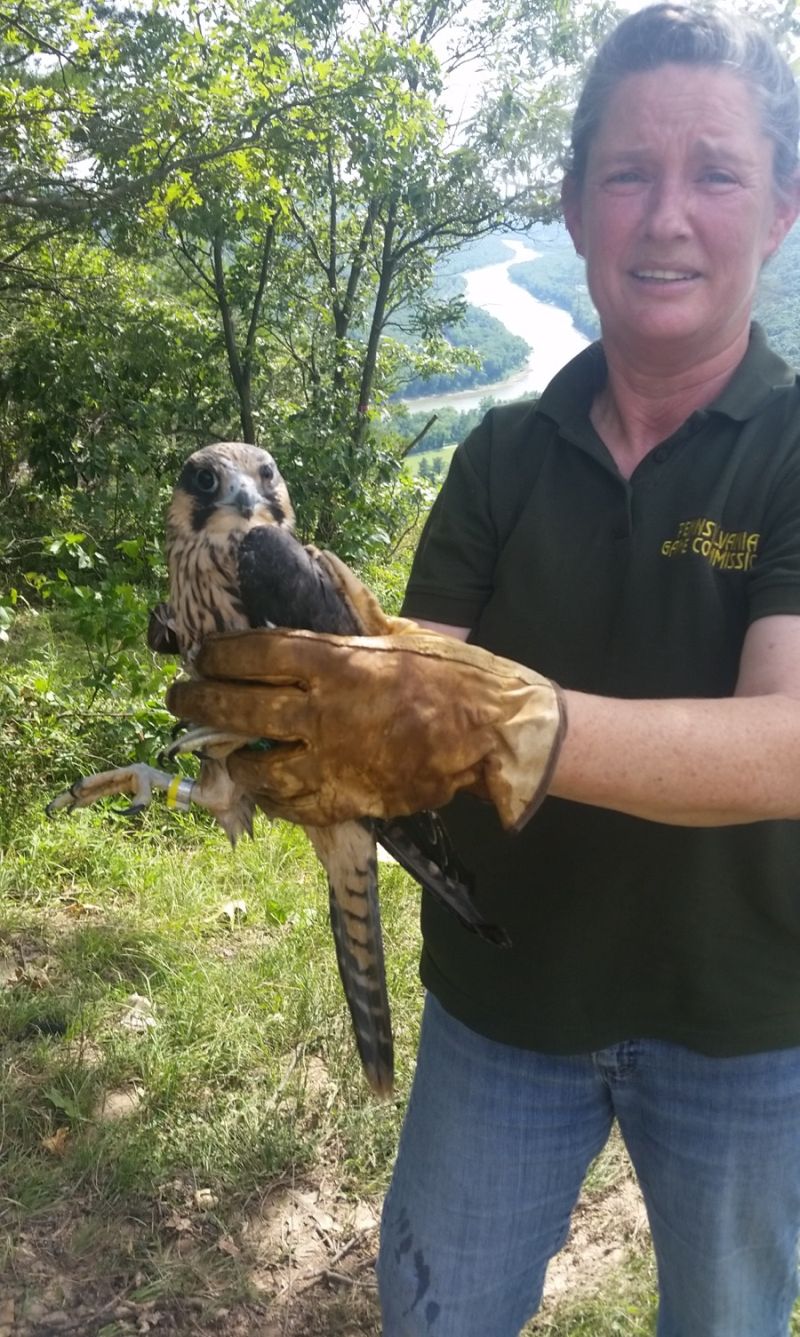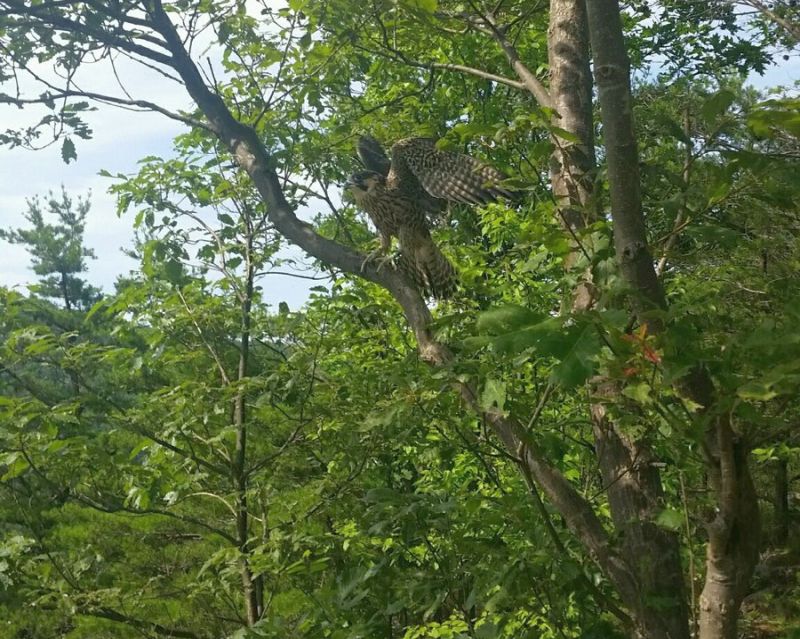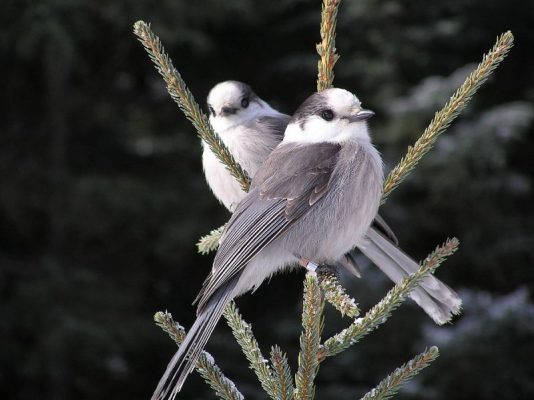
On a birding trip in Newfoundland:
Though my focus is on seabirds in Newfoundland, here are three beautiful songbirds that I never see in Pennsylvania. They were Life Birds for me at Sax Zim Bog, Minnesota.
Canada jay (Perisoreus canadensis):
Meet the Canada jay. After more than 60 years as the “gray jay,” the Canada jay officially goes back to his original name this month. If all goes well, he’ll also become the National Bird of Canada.
This friendly, intrepid and intelligent bird is the size of an American robin — but much smarter. He won the Royal Canadian Geographical Society’s contest for National Bird but the Canadian government is reluctant to name a national bird, though they have a National Tree (the sugar maple).
Professor David Bird, one of the Canada jay’s supporters, vows to walk across Canada and collect a million signatures for National Bird status if he has to. Good luck, Canada jay!
Boreal chickadee (Poecile hudsonicus):
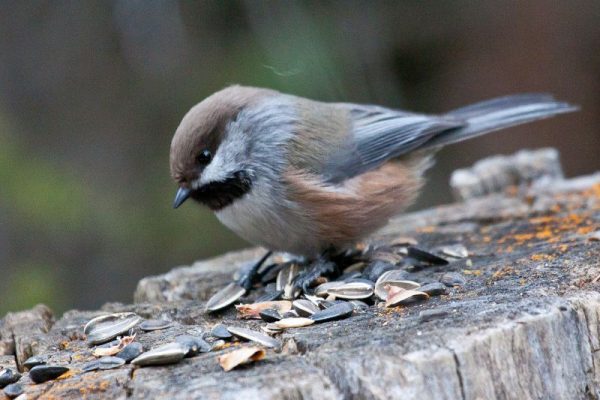
More colorful than his black-capped and Carolina cousins the boreal chickadee lives only in the boreal forests of Canada and a few bordering areas of the U.S. He’s such a spruce forest specialist that he caches only spruce seeds.
Don’t expect to hear him sing. Unlike his southern cousins, he doesn’t have a whistled song. Here’s the closest he comes to it (Xeno Canto XC46492 by Andrew Spencer at Boot Cove Trail near Lubec, Maine):
Pine grosbeak (Pinicola enucleator):
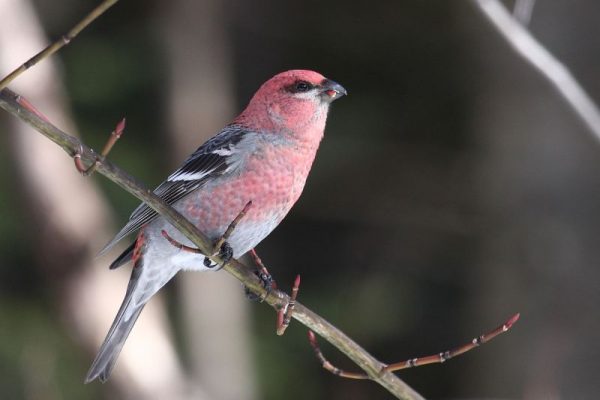
The pine grosbeak lives in subarctic and boreal habitats in North America, Scandinavia and Siberia. I could have seen one in Finland last year if I’d been in the right place.
Pine grosbeaks have such a wide range that their voices vary geographically. The best Xeno Canto recordings are from Scandinavia and Alaska but Newfoundland’s sound different.
Pine grosbeaks feed their nestlings insects but otherwise eat buds, seeds and fruit. Their Latin scientific name describes them well: Pinicola (pine tree dweller) enucleator (removes the kernel (nucleus)).
The females are orange-ish instead of rosy.
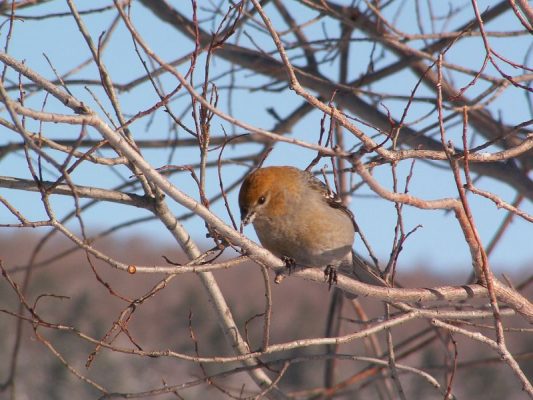
(photos from Wikimedia Commons; click on the images to see the originals)
Day 4, 11 July 2018: Cape Race and St. Shott’s
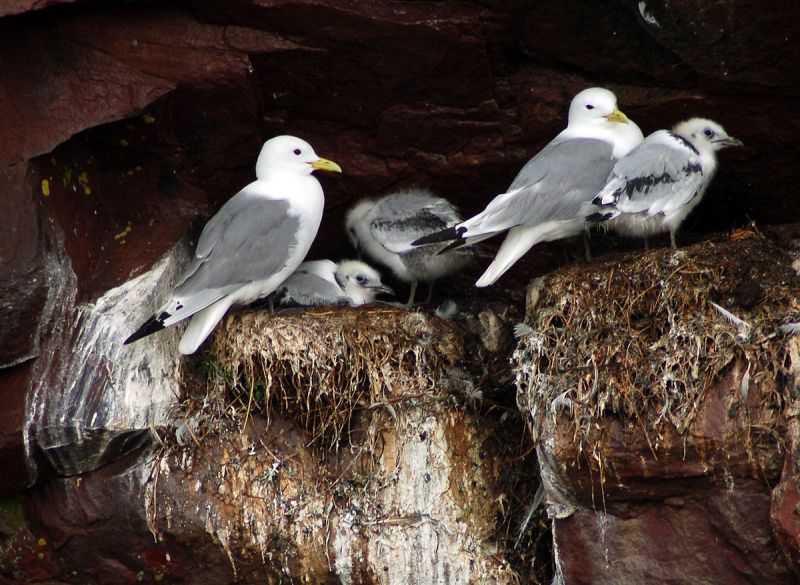
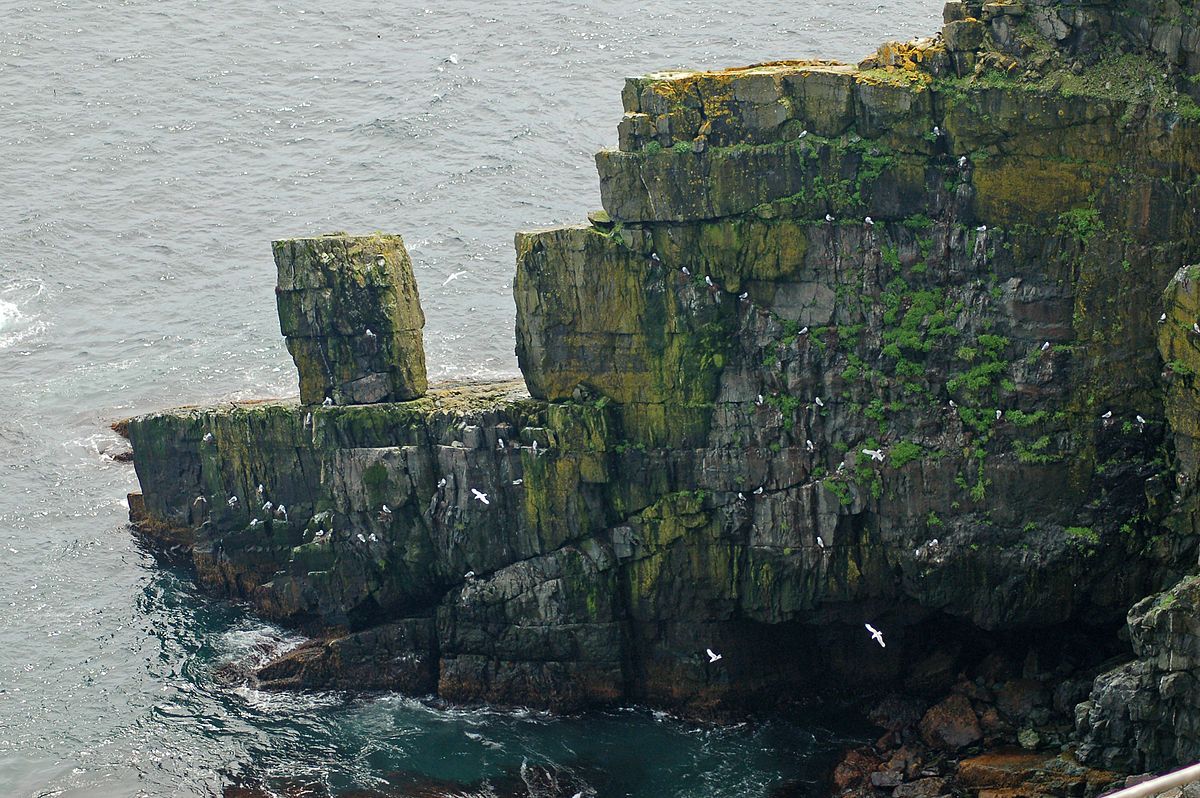
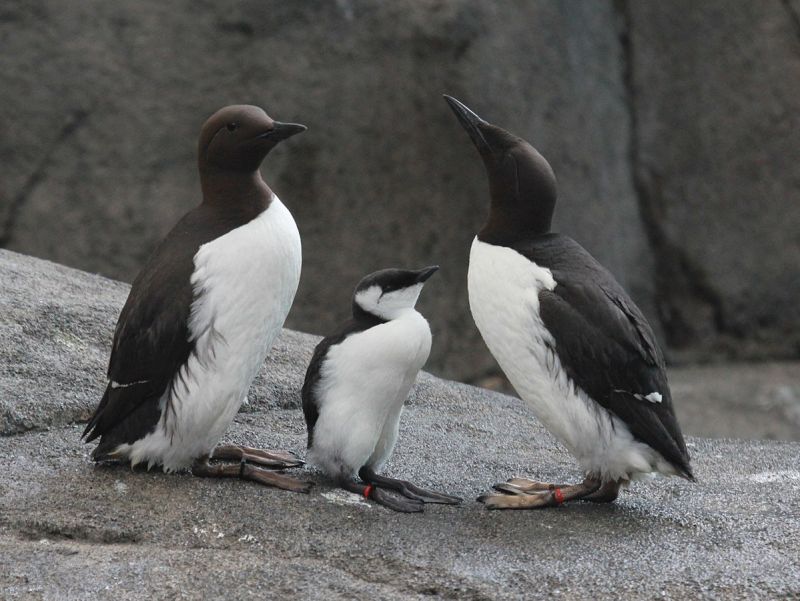
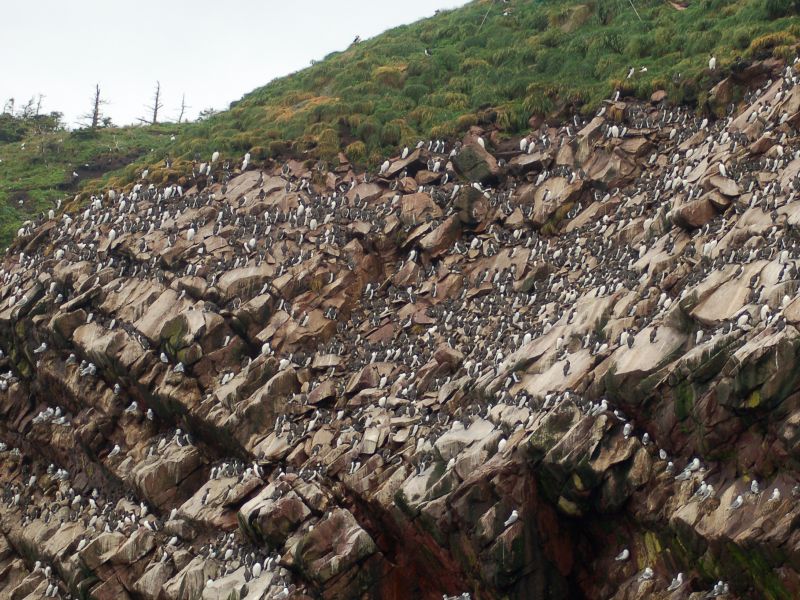
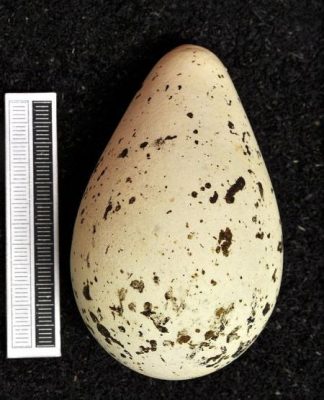
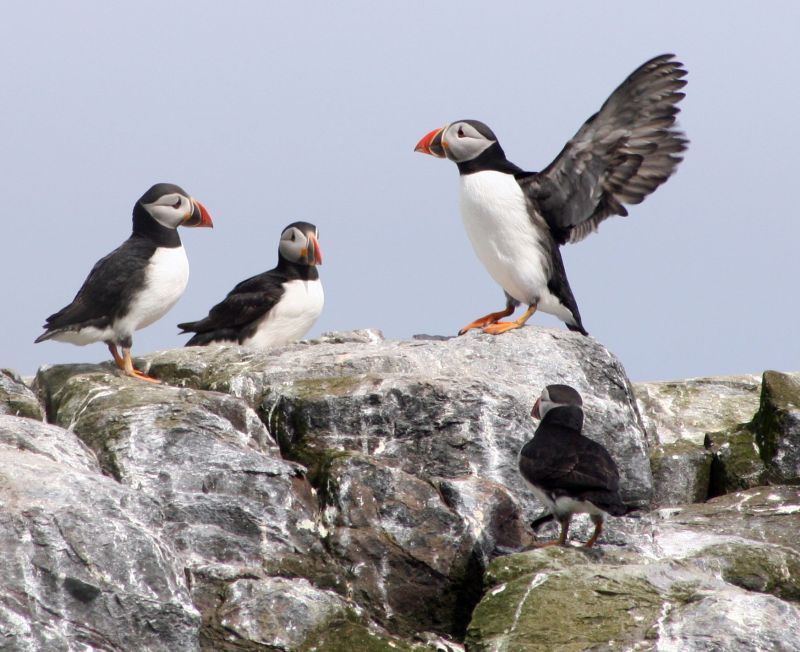
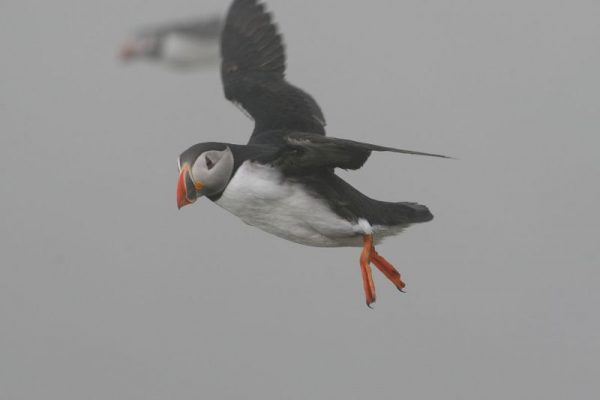
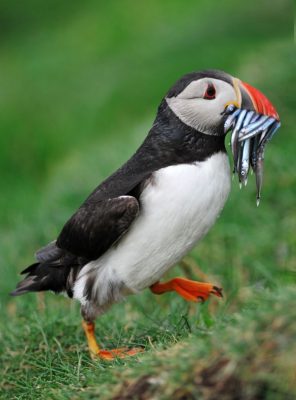
 Beginning Sunday 8 July 2018 through Saturday 14 July 2018, I’ll be birding in
Beginning Sunday 8 July 2018 through Saturday 14 July 2018, I’ll be birding in 